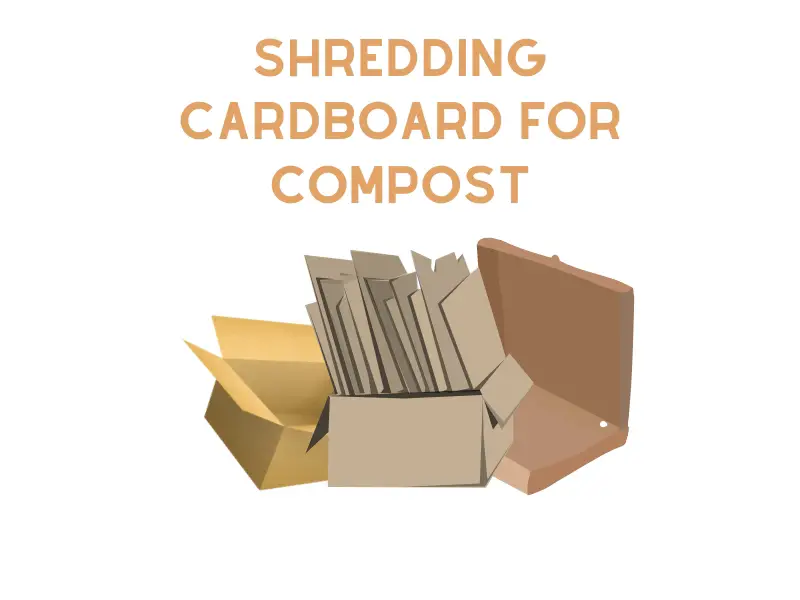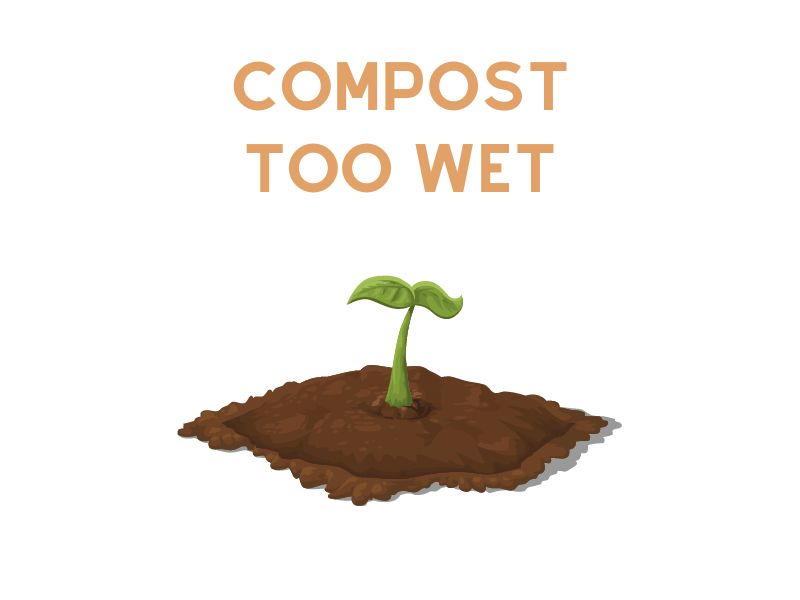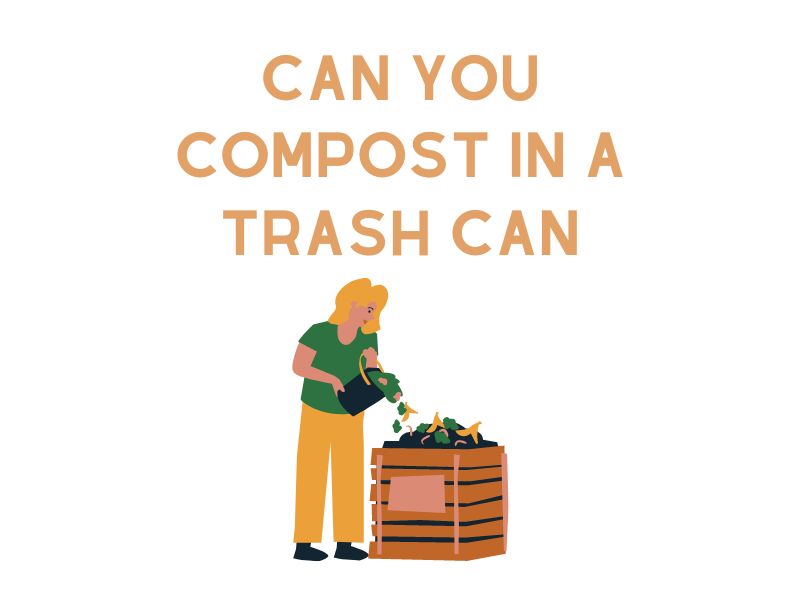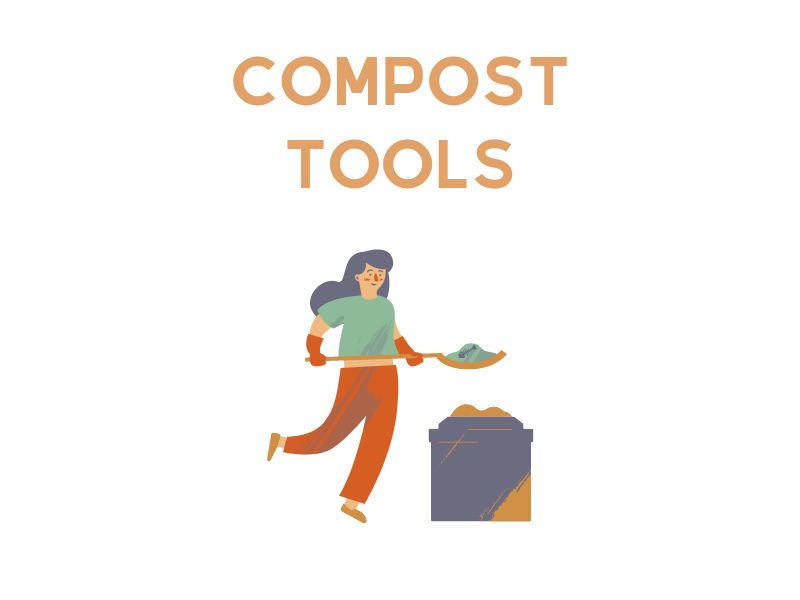If you’re a gardener looking for an easy, sustainable way to give your garden the nutrients it needs while cutting down on waste and saving money, shredding cardboard for compost is perfect for you!
Not only is cardboard shredding environmentally friendly – as much of our waste contains either recycled papers or is recyclable themselves – but breaking down cardboard also helps enrich the soil with carbon and increases the availability of much-needed nitrogen.
In this blog post, we’ll be discussing how to effectively shred your used cardboard so that you can get the most benefit out of adding it to your compost pile. We’ll look at the best types of paper store-bought products and ways to take advantage of what’s already in your home, so let’s dive right in!
Understanding the Benefits of Shredding Cardboard for Composting
Cardboard is a widely used material that can be found in many households and businesses. However, when it is no longer needed, it often ends up in landfills, where it takes up valuable space and contributes to environmental problems.
But did you know that shredding cardboard for composting can actually be incredibly beneficial? When shredded, cardboard creates a natural, porous structure that allows for maximum aeration and water retention in compost piles.
This results in faster and more efficient composting, yielding nutrient-rich soil that can be used to grow healthier plants and vegetables. So, next time you have some extra cardboard lying around, consider shredding it for composting – your garden (and the environment) will thank you!
Types of Cardboard Suitable for Composting
Before diving into the process of shredding cardboard for compost, it’s essential to understand which types of cardboard are suitable for composting. Selecting the right cardboard ensures a safe and efficient decomposition process, ultimately resulting in nutrient-rich compost for your garden.
Corrugated cardboard
Corrugated cardboard is an ideal candidate for composting due to its high carbon content and its ability to break down relatively quickly.
Non-glossy paperboard
Non-glossy paperboards, such as cereal boxes or shoeboxes, are also suitable for composting. They break down at a similar rate to corrugated cardboard and provide similar benefits.
Criteria for Selecting Appropriate Cardboard
To achieve the best composting results, consider the following criteria when selecting cardboard, ensuring a healthy and efficient decomposition process.
1. Absence of toxic substances
Choose cardboard that is free of toxic substances, such as heavy metals, to ensure a safe and healthy compost.
2. Minimal ink and dyes
Opt for cardboard with minimal ink and dyes, as certain inks can release harmful chemicals during decomposition. Vegetable-based inks are preferable.
3. Avoiding wax-coated cardboard
Avoid using wax-coated cardboard, as the wax creates a barrier that hinders decomposition and may introduce unwanted chemicals into the compost.
Preparing Cardboard for Composting
Before incorporating cardboard into your compost pile, it’s crucial to prepare it correctly by removing non-compostable elements and shredding it into smaller pieces, which facilitates faster decomposition and improves overall compost quality.
Removing non-compostable elements
1. Staples
Before composting, remove any staples or other metal fasteners, as they do not decompose and can contaminate the compost.
2. Plastic tape
Similarly, remove any plastic tape, as it does not break down and may harm the environment.
3. Labels and stickers
Peel off any labels or stickers, as they often contain adhesives and materials that are not suitable for composting.
Methods for shredding cardboard
1. Hand tearing
Tear the cardboard into small pieces by hand to increase the surface area and speed up decomposition.
2. Cutting with scissors or a knife
Use scissors or a knife to cut the cardboard into smaller pieces, ensuring they are small enough to decompose quickly.
3. Using a paper shredder
A paper shredder is an efficient method for shredding cardboard into small, uniform pieces, which can be easily mixed into the compost pile.
Shredding Cardboard for Compost
When shredding cardboard for compost, keep the following tips in mind to ensure safety and efficiency:
- Wear gloves to protect your hands from potential cuts or scrapes while handling and shredding the cardboard.
- Break down cardboard boxes or large sheets into smaller, more manageable pieces before shredding them.
- Ensure that the shredded cardboard pieces are small enough to decompose quickly, ideally no larger than a couple of inches.
- Be patient when shredding by hand, as it can be time-consuming. Consider enlisting the help of family members or friends to speed up the process.
- Store shredded cardboard in a dry place until you’re ready to add it to your compost pile. This prevents it from becoming moldy or attracting pests.
The Classic Shredding Method
Tear or cut the cardboard into small pieces by hand or using a tool like scissors or a knife, ensuring they are small enough to decompose quickly.
The Saturated Card Method: Shredding Cardboard without a Shredder
Soak the cardboard in water until it becomes soft and easy to tear. Then, shred it into small pieces by hand.
Lasagna Method
Layer shredded cardboard with other compost materials in alternating layers, like a lasagna, to create a well-balanced compost pile.
Quick & Easy Chipper/Shredder Solution
Use a chipper/shredder to quickly shred large amounts of cardboard, producing small and uniform pieces suitable for composting.
- Use a chipper/shredder that is designed to handle cardboard. These machines have sharp blades that can quickly shred cardboard into small pieces.
- Ensure that the cardboard you’re shredding is dry to prevent clogging the machine. Wet or damp cardboard may cause the machine to jam or malfunction.
- Start with small amounts of cardboard to prevent overloading the chipper/shredder. Shred the cardboard in small batches and gradually increase the amount over time.
- Always wear gloves and protective eyewear when using a chipper/shredder to avoid injury from flying debris.
- Check the manufacturer’s instructions for proper operation and maintenance of the chipper/shredder.
High Fiber Composting
High-fiber composting is a method that uses an increased amount of carbon-rich materials like shredded cardboard to create a well-aerated and moisture-retaining compost pile. This method is especially useful in regions with heavy clay soils, as the high fiber content improves soil structure and drainage.
Adding Shredded Cardboard to the Compost Pile
Mixing with other compost materials
1. Green materials (nitrogen-rich)
Combine shredded cardboard with nitrogen-rich green materials such as fruit and vegetable scraps, coffee grounds, and grass clippings to promote decomposition.
2. Brown materials (carbon-rich)
Mix the cardboard with other carbon-rich brown materials like leaves, straw, and wood chips to create a balanced compost pile.
Achieving the ideal carbon-to-nitrogen ratio
Aim for a carbon-to-nitrogen ratio of about 25:1 to 30:1 in your compost pile. This balance helps maintain a healthy environment for decomposition to occur efficiently.
Tips for maintaining a healthy compost pile
1. Moisture management
Ensure your compost pile is neither too dry nor too wet. Maintain a moisture level similar to a wrung-out sponge to facilitate decomposition.
2. Aeration
Proper aeration is crucial to provide oxygen for microorganisms that break down organic matter. Turn the pile regularly or use a compost aerator to maintain airflow.
3. Turning the pile regularly
Regularly turning the compost pile helps maintain a uniform temperature, promotes aeration, and speeds up the decomposition process.
Do you already have a composter at home?
Conclusion
Composting cardboard not only reduces landfill waste but also helps create nutrient-rich humus for your garden, contributing to a healthier and more sustainable environment.
Incorporating shredded cardboard into your composting routine is an easy and eco-friendly way to improve your compost’s quality while utilizing a readily available resource. Give it a try and experience the benefits firsthand.
To successfully shred cardboard for composting, select suitable types of cardboard, remove non-compostable elements, shred the cardboard into small pieces, and mix it with other compost materials to achieve the ideal carbon-to-nitrogen ratio.
Overall, understanding the benefits of shredding cardboard for composting, gathering supplies needed for shredding, cutting up cardboard in the best way possible, using chippers or shredders appropriately while being mindful of safety protocols, storing and making use of your compost material effectively can be all it takes to maximize its potential.










I have 3 chooks (chickens) living in and area of about 4 by 5 meters. They are the ultimate composting system. I throw whole cardboard boxes into their pen and they destroy them with their scratching within 3 weeks. It reduces the smell of the chickens and leaves a product ready for the garden whenever you are ready.